10 Most Difficult Dogs To Train Without Losing It

Training a dog shouldn’t feel like negotiating with a raccoon in a business suit, but here we are. Some pups just weren’t built for instructions, no matter how tasty the reward. Their independence and stubbornness can make them a challenge for even the most patient owner. Let’s explore which breeds are the hardest to train and why.
Afghan Hound Struggles With Obedience Commands

Training an Afghan Hound is like reasoning with royalty. Their elegant looks match their dramatic, aloof nature. It’s not defiance; they just aren’t interested in pleasing anyone. When in “do not disturb” mode, even the best treat won’t convince them to follow commands.
Basenji Exhibits Independent Thinking

Basenji is an independent thinker and more of a tactician than a teammate. It yodels instead of barking and treats training like a solo challenge. This clever breed solves puzzles with ease but sees no need to follow instructions or acknowledge your efforts. Obedience simply isn’t its priority.
Chow Chow Demonstrates Aloofness And Stubbornness

Walking a Chow Chow feels like negotiating with a dignified lion. Reserved and stubborn, this breed doesn’t fetch or follow directions—every request is assessed and often declined. An icy stare says it all: obedience is optional, and earning respect is far harder than offering treats.
Siberian Husky’s Free-Spirited Nature Hinders Obedience

Born to run across icy tundras, the Siberian Husky treats requests like background noise in a snowstorm. It’s athletic, sociable, and highly vocal; just not very obedient. Owners often report dramatic sighs during training, as if being asked to sit was a personal offense.
Bulldog Lacks Motivation For Training
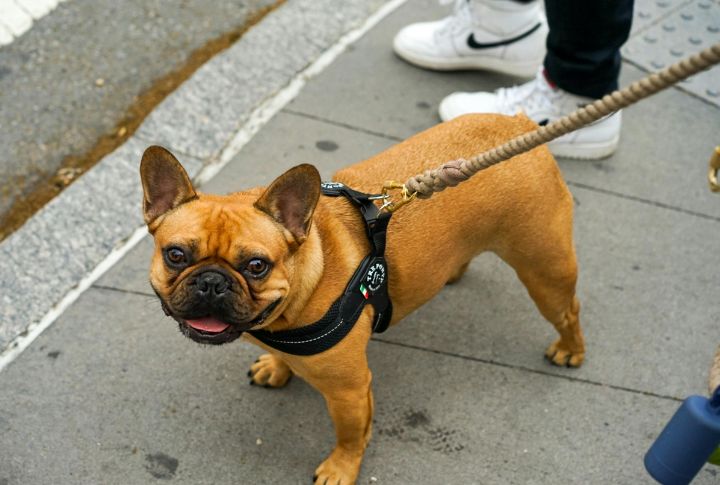
The Bulldog’s superpower? Turning a 10-minute walk into a 40-minute negotiation. Don’t mistake the slow shuffle for laziness. It’s selective participation. Wave a leash, and you’ll get a sigh; shake a snack bag, and you’ll get a blink. Their motto? “Only move when it matters.”
Beagle’s Strong Nose Overrides Commands
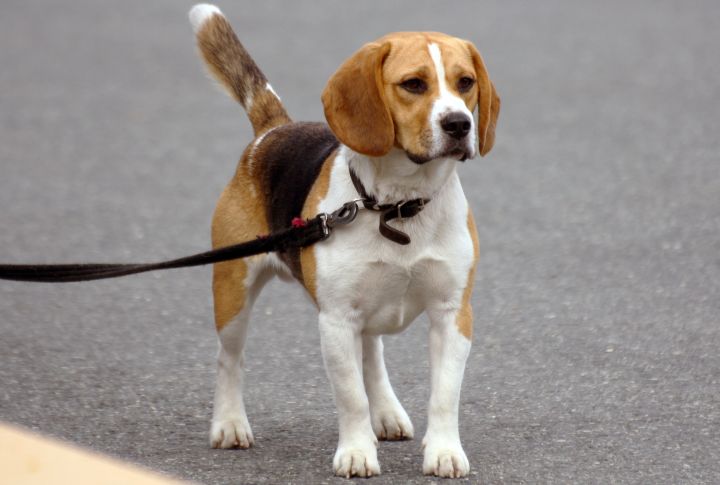
Start a training session with a Beagle and watch it vanish the moment a scent appears. Originally bred to track game, this breed follows trails with a single-minded focus. Commands are easily ignored when the nose takes over; only food-related cues seem to break their scent-driven concentration.
Chinese Crested Can Be Willful And Timid
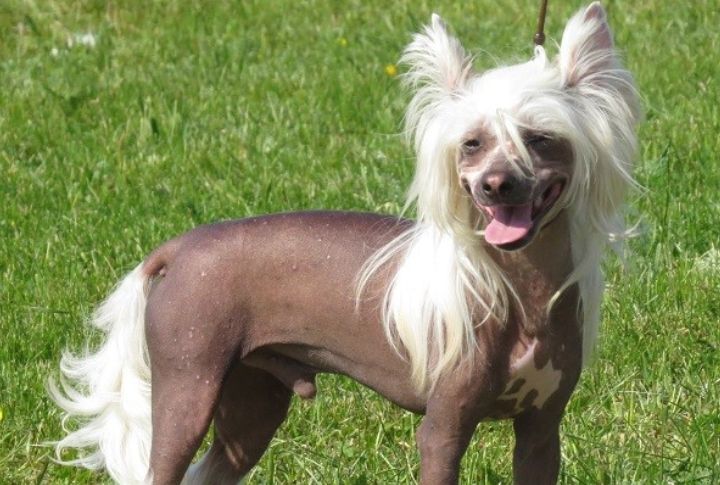
The Chinese Crested is a dog of contradictions. It can be shy under pressure, but also surprisingly determined. Training requires patience and humor. If you push it too hard, it retreats into itself. A calm, gentle approach leads to cooperation.
Akita’s Dominant Nature Requires Experienced Handling
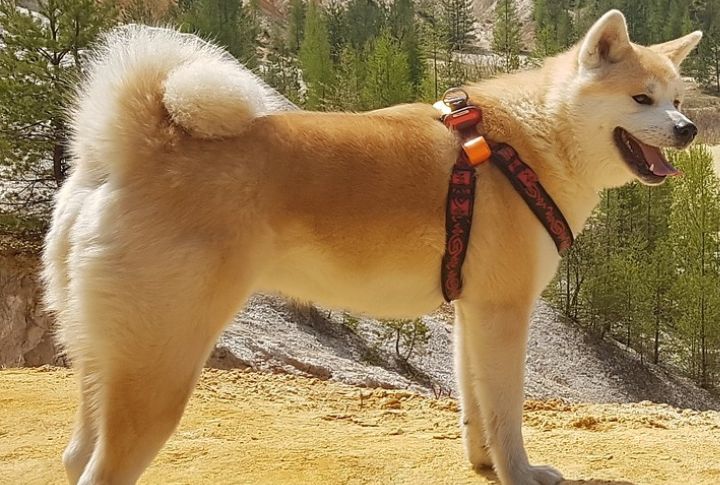
Bred as a palace guardian in feudal Japan, the Akita is a silent protector shaped by instinct and pride. Though rarely vocal, any bark signals that a firm decision has been made. Obedience comes only when respect is earned through calm authority and consistent, confident handling.
Jack Russell Terrier Has Overwhelming Energy
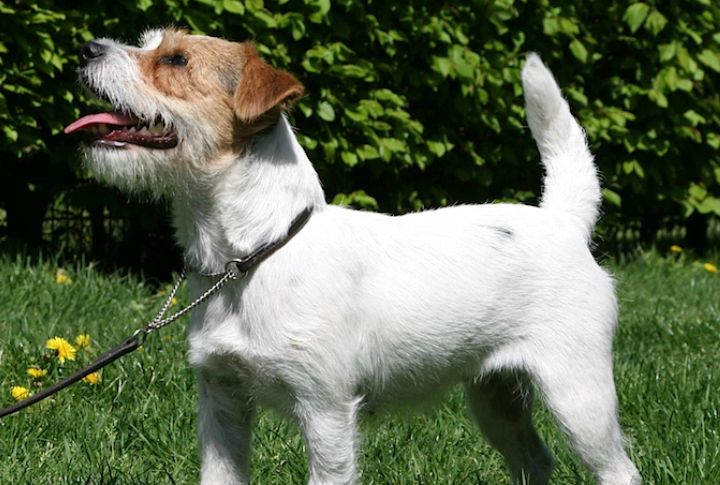
Tornadoes come in many forms, and one wears a white-and-brown coat. The Jack Russell Terrier rarely slows down long enough to process an instruction. Designed for fox hunting, it bolts at shadows and jumps like a gymnast. Training requires strategy, not strength.
Weimaraner’s High Prey Drive Interferes With Obedience
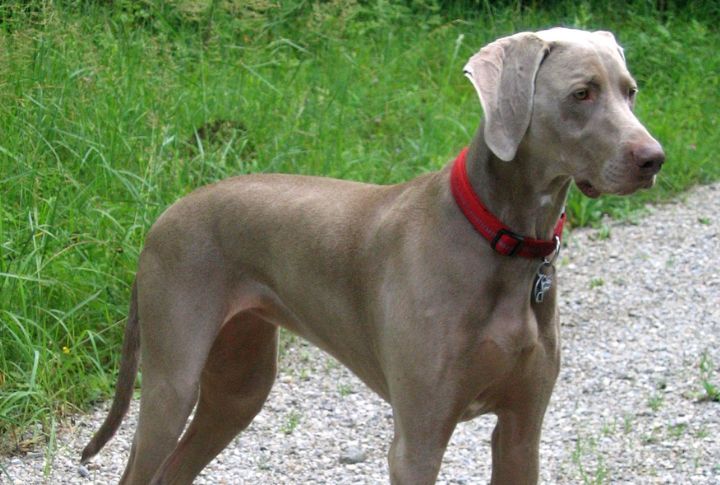
The Weimaraner is athletic and intense, but its sharp prey drive often overrides training. Once a target catches its eye, instructions vanish in an instant. Success requires firm, consistent repetition and mentally stimulating tasks.





